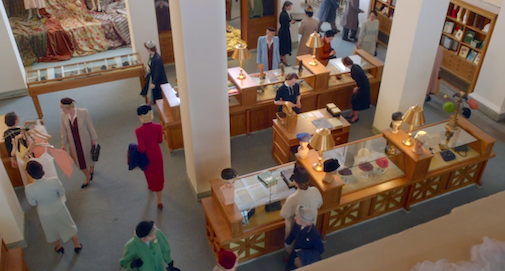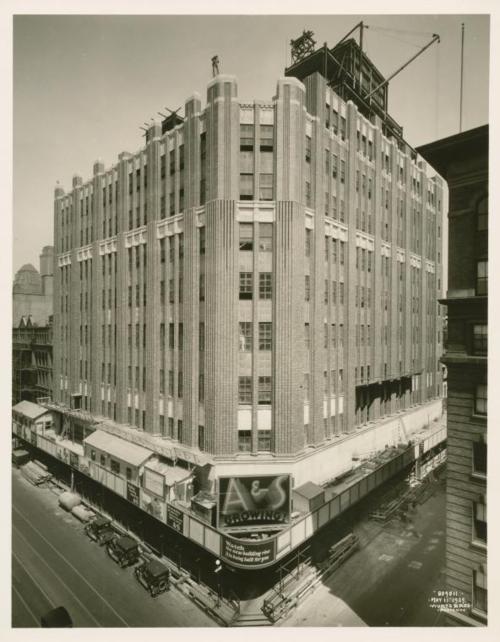This moment is such a powerful part of Brooklyn because it demonstrates the how other Irish immigrants are lonely and suffering in the United States. As readers learn from Father Flood, this room is filled with impoverished Irishmen who helped build the architecture of New York City (Toibin, 88). However, while this scene shows the negative sides of immigration, such as unemployment and isolation, it also demonstrates sense of comfort and understanding that one can receive when around people from their same homeland. Although readers know that this man as well as the others will be back working low-paying jobs or living on the streets the next day, for now they feel safe and part of a community of people who remind them of home. Additionally, when the man who Eilis mistakes for her father sings, the lyric “Má bhíonn tú liom, bí liom/A stóirín mo chroí” is used. After reading the English translation, which is “If you’ll be mine, be mine/Oh treasure of my heart,” one can see this a love song from Ireland (“Casadh An”). The man is beckoning Eilis to stay close to her people and those who remind her of the past.


 Bartocci’s, the department store Eilis works at was likely inspired by Abraham and Strauss. Abraham and Strauss, also known as A&S, was a famous department store located at the corners of Hoyt and Fulton in Brooklyn. Abraham and Strauss was unlike the small and specialized shops (like Miss Kelly’s general store) that an Irish immigrant would have been used to at this time. A&S sold many different kinds of products, including clothing for all ages, furniture, and sporting goods. This was done in order to compete with other Brooklyn retailers and offer customers one-stop shopping.
Bartocci’s, the department store Eilis works at was likely inspired by Abraham and Strauss. Abraham and Strauss, also known as A&S, was a famous department store located at the corners of Hoyt and Fulton in Brooklyn. Abraham and Strauss was unlike the small and specialized shops (like Miss Kelly’s general store) that an Irish immigrant would have been used to at this time. A&S sold many different kinds of products, including clothing for all ages, furniture, and sporting goods. This was done in order to compete with other Brooklyn retailers and offer customers one-stop shopping.
